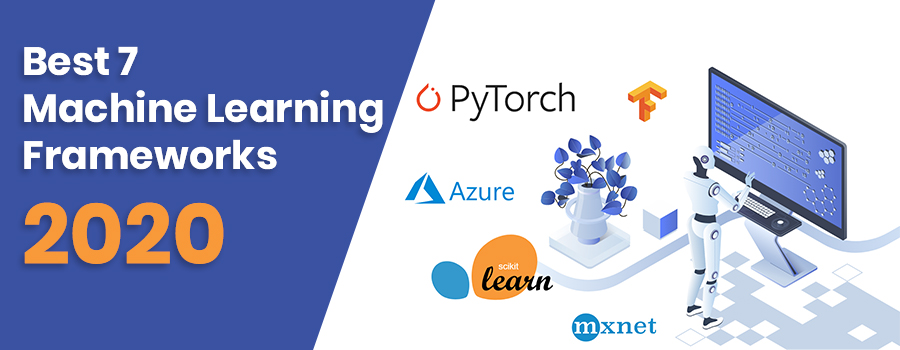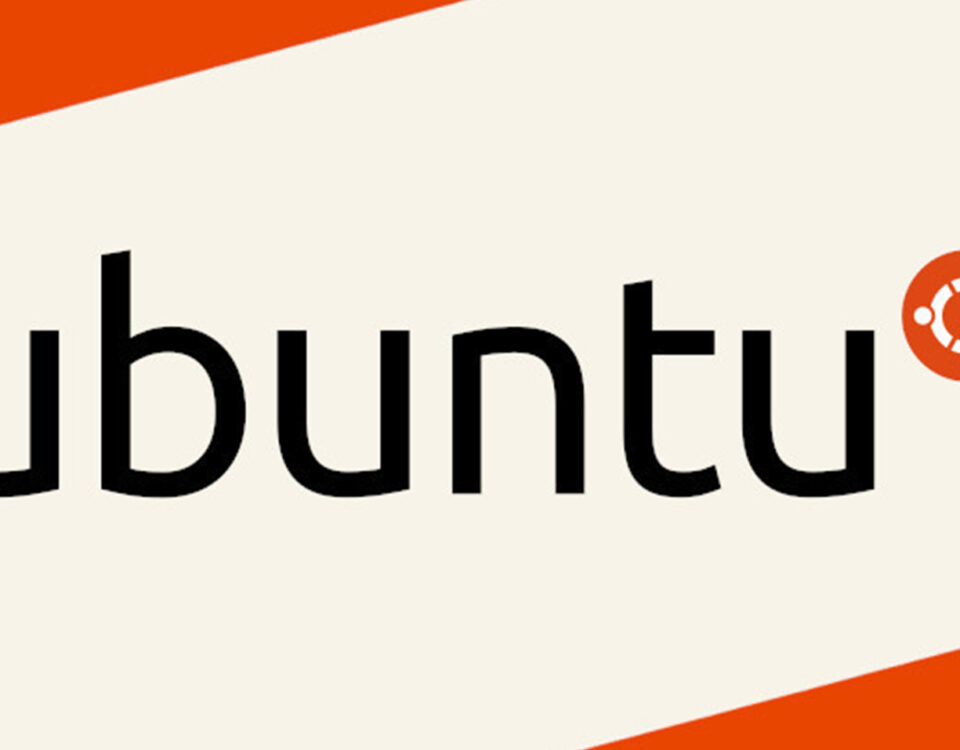Best 7 Machine Learning Frameworks 2020

Augmented Reality App Development: Types, Benefits and AR SDKs
2nd October 2020
TOP 10 PYTHON LIBRARIES IN 2020-21 (BASED ON RECENT STATS)
5th October 2020Machine Learning (ML) is one of the fastest-growing technologies today. It is the subset of AI, which helps the business examine the data, learn, and adapt it. Based on its data analysis, machine learning enables the devices to make a decision and work accordingly.
With the help of ML frameworks, you can easily construct ML models, which are accurate and efficient. Build a successful mobile application using ML frameworks. and so as a developer, you might be getting confused about using the right framework. Here you can get information about the best machine learning frameworks.
How does ML work?
Machine learning give computers the ability to learn without explicitly programmed. Giving you greater control over their business with a self-service. AI platform that runs continuously to eliminate blind spots – examples include Image processing, medical diagnosis, prediction, classification, learning association, regression, etc.
Some familiar machine learning frameworks include, PyTorch, TensorFlow, Scikit-learn, Apache MXNet, FireBase ML Kit, Keras, Microsoft Azure, and Sonnet. The development tools that meet your requirements including popular IDE’s, Jupyter notebooks, and CLI’s or programming languages such as Python, PERL, RoR must be used.

Best Machine Learning Frameworks
TensorFlow
TensorFlow is one of the most popular open-source platforms by Google. This framework is based on JavaScript. TensorFlow equipped with different tools and community resource. Which helps in easy deployment to the machine learning models. The key tool allows deployment for the browser. The TensorFlow Lite is used to deploy models on mobile.
- Tensor Flow is an open-source learning framework maintained by Google.
- Applications like Gmail, Google Photos, Speech Recognition
- This framework is use to perform complicated research on ML.
- Python, JavaScript, C#, C++, Java, Go, Haskell, MATLAB, Ruby, Rust, Julia, and Scala programming languages can be used to code TensorFlow.
- TensorFlow has extensive documentation.
PyTorch
PyTorch is another popular framework for machine learning. Facebook developed it. This framework is based on the Torch library. It is designed to advance the entire process from research prototyping to production deployment. It has a C++ frontend atop and a Python interface. PyTorch makes use of standard debuggers like PDB or PyCharm.
- PyTorch is easy to learn, open-source, and free to use and can deeply integrate into Python.
- It can be used in Natural Language Processing (NLP).
- Python has maximum flexibility and speed and can as well act as a replacement of TensorFlow.
- It supports dynamic neural networks.
Keras
Keras is an open-source machine learning framework. This framework is more faster than the other frameworks. It comes with in-built support for data parallelism and handle a large numbers of data. This framework is written in Python and it is very easy-to-use. You can use this for high-level computation.
- This open-source, nifty tool has the potential to run upon TensorFlow, Theano, Microsoft Cognitive Toolkit, and PlaidML.
- It can process massive volumes of data while accelerating the training time for models.
- It is written in Python, easy to use, and extensible.
- Keras promotes fast experimentation with deep neural networks.
- It helps to write readable and precise code.
Scikit-Learn
Scikit Learn supports development work in Python with an extensive library for Python programming language. Users are rate this framework for on of the best data mining and data analysis. It provides support for classifications, clustering, pre-processing, regression, Dimensional reduction, and Model selection.
- Scikit-Learn is open-source and free to use and easy to learn.
- It has extensive documentation.
- The library built on the SciPy (Scientific Python) library and framework includes NumPy, Matplotlib, IPython, Sympy, and Pandas libraries.
- The international community is support Scikit Learn. This framework is regularly release the new features and updates.
- This machine learning framework provides a range of supervised or unsupervised learning algorithms.
Apache MXNet
Apache MXNet was adopted by Amazon as a Machine Learning tool for AWS. It distributed on a cloud infrastructure via a parameter server. It is scalable across several GPUs and servers.
- Apache MXNet has support for multiple major programming languages like Python, C++, R, Julia, Perl, Scala, Closure, and Java.
- It is portable, lightweight, and easily scalable to make use of multiple CPUs on multiple machines.
- Apache MXNet is designed to be efficient, flexible, and enhance productivity. Amazon uses it for Deep Learning Web Services.
- This model is build on the cloud. It can easy to deployed in Python and similar supporting languages.
- Packages and toolkits built around MXNet are available to extend the functionalities.
Microsoft Azure
Microsoft Azure Machine Learning is a cloud-based predictive-analytics service. It comes with a browser-based tool that provides a very easy, drag, and drop interface called Azure Machine. Learning Studio (ML Studio) for building machine learning models. The generated model can easily deploy as a Web Service that can be consumed by any programming language of your choice.
Sonnet
If you are looking for a high-end framework for machine learning, then you must consider learning Sonnet. Sonnet is using for building complex neural network structures in TensorFlow. It’s a simple but powerful programming model. It is based on a single concept.
- It is simple and easy to use the framework.
- You can write modules that can detect other sub-models internally.
- It is easy to integrate models created with Sonnet with raw TF code and those written with high-level libraries.





